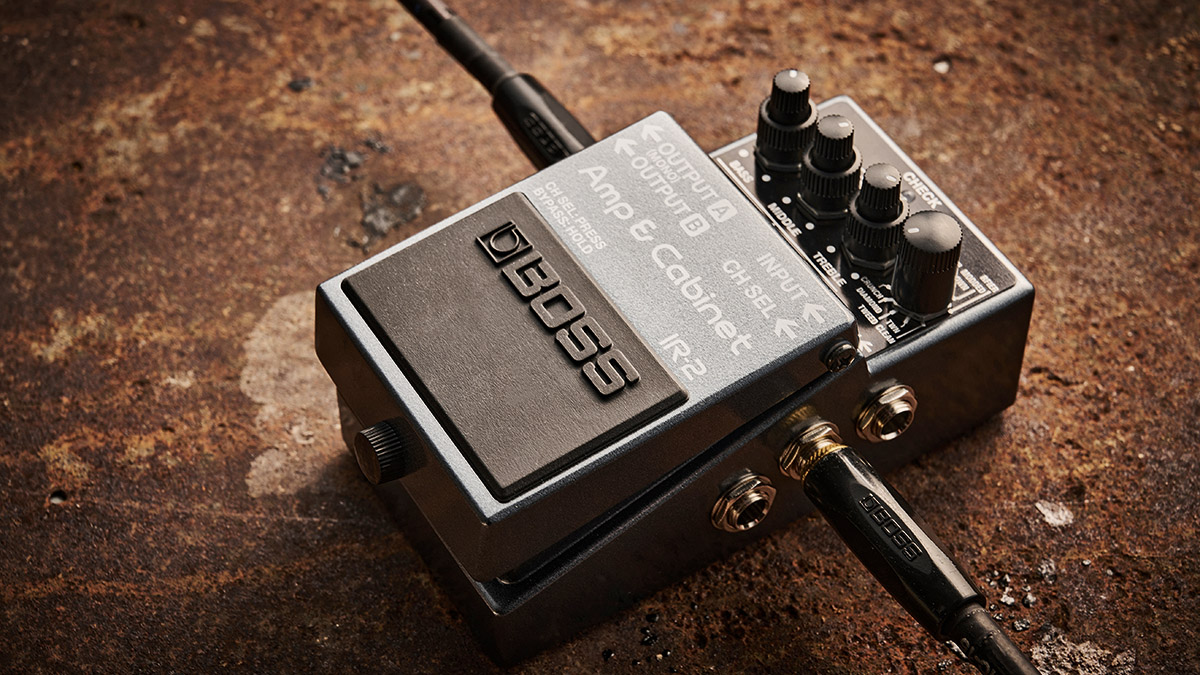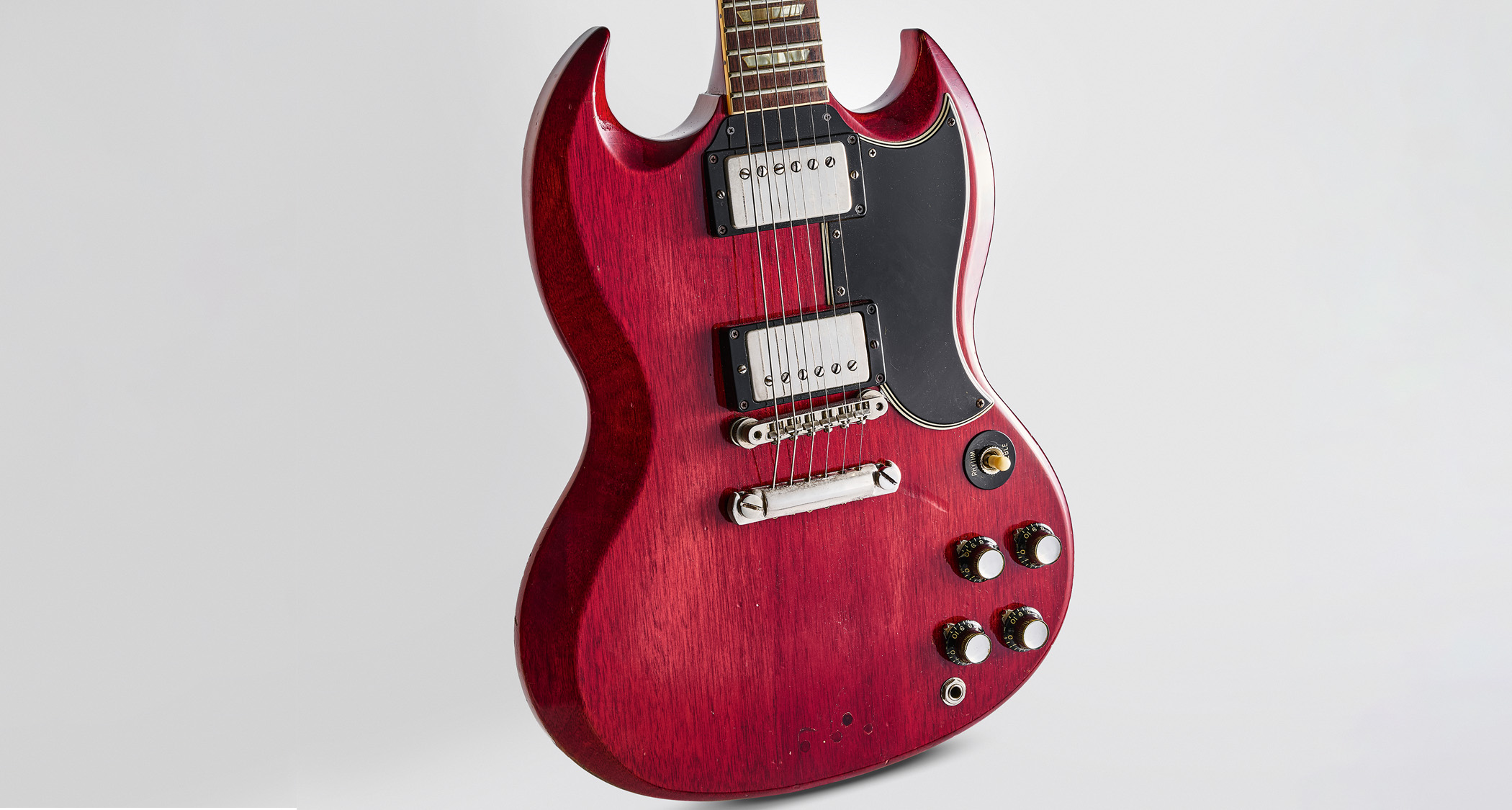Guitar World Verdict
The IR-2 might just be the most practical possible addition to your gear setup. The fact that it has so many uses and is a go-anywhere pedal that will run from battery power makes it a versatile problem solver that could be the perfect choice to sling into a spare gigbag pocket or have on your pedalboard ready to be brought into action when the need arises.
Pros
- +
It sounds great.
- +
Compact size.
- +
Battery power for portability.
- +
IR-2 is a full rig in a small box.
- +
Headphone socket.
- +
S/R loop.
- +
USB audio interface capability.
Cons
- -
Dual-concentric knobs can be a bit fiddly to operate.
You can trust Guitar World
The Boss IR-2 takes the guitar amp and speaker emulation facility of Boss’s twin-footswitch IR-200 and makes it available in a compact pedal format.
Plenty of players have got used to working without amps these days, with the consistent quality of sound and sheer convenience of digital winning out in many situations. If we’re talking convenience, few amp modelers come close to the practicality of this new IR-2 – the amount of functionality Boss has packed into a Compact series pedal is just staggering.
What you’re getting here is a pedal that can supply the signature sound of 11 different amp types – a mix of some named favourites and some more generic Boss creations – each of which with an associated cab IR from Celestion Digital, although you can load alternative IRs into the pedal using the free, dedicated IR-2 IR Loader app for Mac OS and Windows.
Each amp can be adjusted with Level, Gain, Middle, Treble and Bass knobs, and an ambience knob adds in a choice of either Room, Hall or Plate Reverb. Connection is via a mono input with a choice of mono or stereo output, and there’s also a mono or stereo send and return loop so that you can bring other pedals into the signal path after the amp emulation.
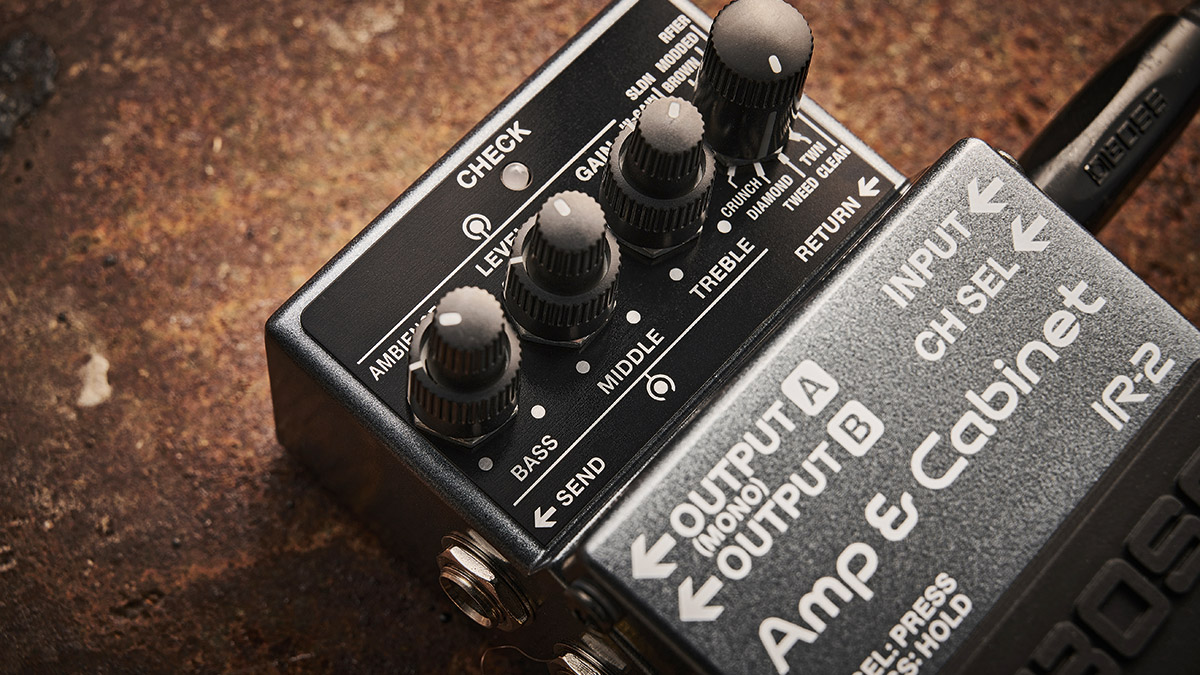
While the default option is connection to a line-level device, there is a range of options for calibrating the IR-2 for optimum use with different amps. For a bit of silent practice, there’s also a mini-jack stereo headphone socket. Besides loading IRs, a USB input allows the pedal to function as an audio interface so you can easily connect to a DAW for recording.
The amps are tactile to play through, nicely dynamic and react well to boost pedals placed in front. The 11 amps have been chosen to cover a range of musical genres, and the named models (Fender Twin and Bassman, Vox AC30, Marshall ‘Plexi’, Soldano SLO-100 and Mesa/Boogie Rectifier) would probably be enough for many players.

However, there are also some really good tones delivered by the proprietary models as Boss uses its Multi-Dimensional Processing (MDP) to positive effect for crunch and high-gain sounds that retain great string clarity.
All the latest guitar news, interviews, lessons, reviews, deals and more, direct to your inbox!
These models are useful for live scenarios because you get instant access to two channels, each with a different amp or the same amp with altered settings (perhaps more gain), which are toggled between with the footswitch (a press and hold is needed for bypass). There’s also a provision to add an external footswitch for the channel switching.
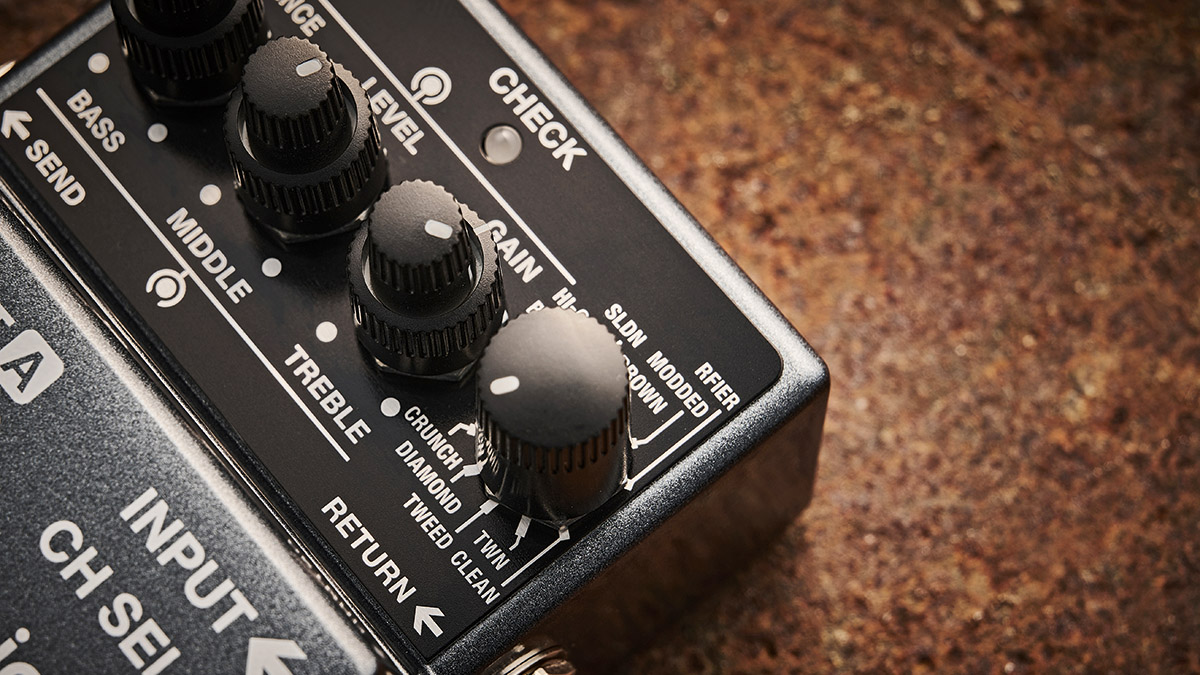
If you don’t want amp and cab together then you’re able to turn the other on or off. For example, you may wish to turn the cab off so you can use an amp’s sound as a drive pedal in front of your amp, or perhaps use the Celestion IRs to complement another favoured amp‑in-a-box pedal.
Specs
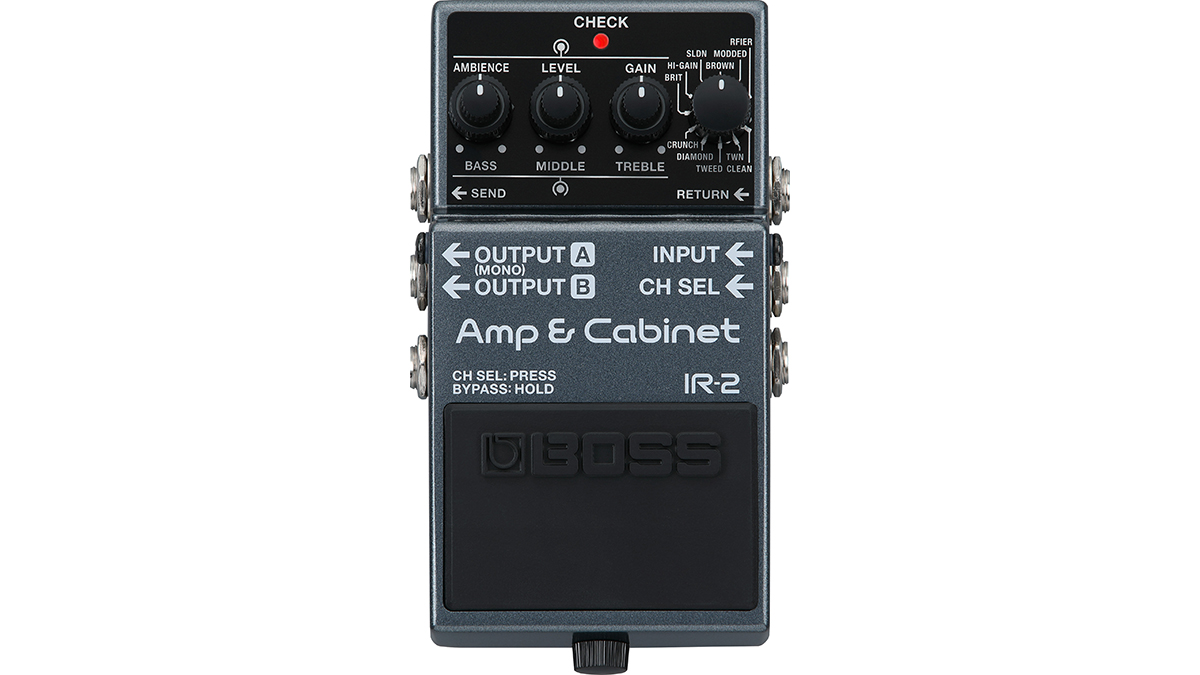
- PRICE: $199 / £179
- ORIGIN: Malaysia
- TYPE: Amp & cabinet simulation pedal
- FEATURES: Buffered bypass
- MODES: Clean, Twin, Tweed, Diamond, Crunch, Brit, Hi-Gain, Soldano, Brown, Modded, Rectifier
- CONTROLS: Ambience, Level, Gain, Bass, Middle, Treble, Mode selector, Bypass footswitch
- CONNECTIONS: Standard input, standard outputs (A/Mono, B), standard CH Select input, standard Send, standard, Return, Phones, USB
- POWER: 9V battery or 9V DC adaptor 160 mA
- DIMENSIONS: 73 (w) x 129 (d) x 59mm (h)
- CONTACT: Boss
Trevor Curwen has played guitar for several decades – he's also mimed it on the UK's Top of the Pops. Much of his working life, though, has been spent behind the mixing desk, during which time he has built up a solid collection of the guitars, amps and pedals needed to cover just about any studio session. He writes pedal reviews for Guitarist and has contributed to Total Guitar, MusicRadar and Future Music among others.
